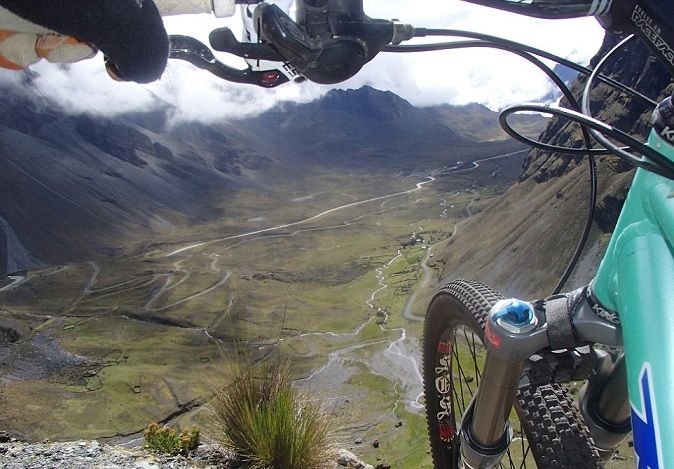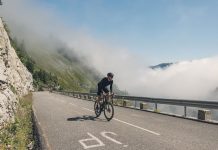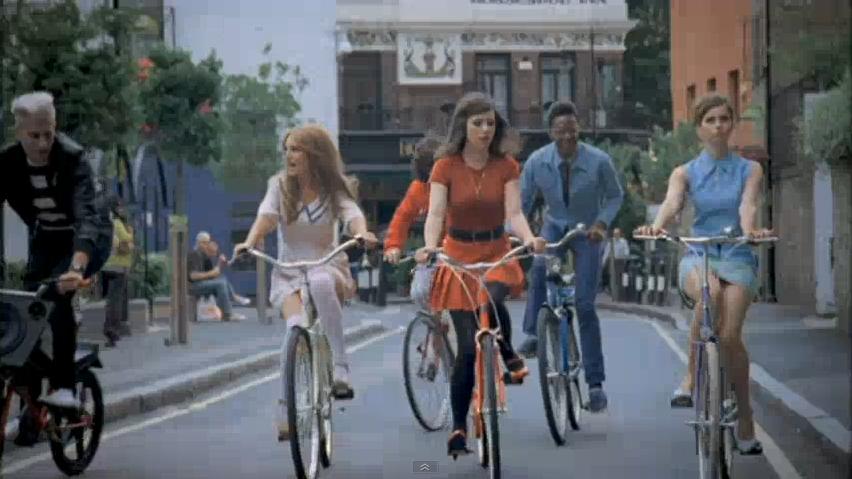Cycling the world’s most dangerous road is now one of the most popular activities for backpackers in Bolivia. The Death Road is known as The World’s Most Dangerous Road for claiming the lives of over 18 cyclists as well as hundreds of lives in automobile accidents each year.
It begins at 15,400 feet and for an estimated 300 people a year ends in the loss of their life, yet Bolivia’s North Yungus Road – better known as ‘The Death Road’ – is among the nation’s biggest drawcards for thrill-seeking tourists.
Dubbed ‘El Camino de la Muerte’ (The Death Road) by locals, for obvious reasons, and considered by many the most dangerous stretch of road in the world, the 40-mile journey from its summit entices in excess of 25,000 mountain bike riders annually.
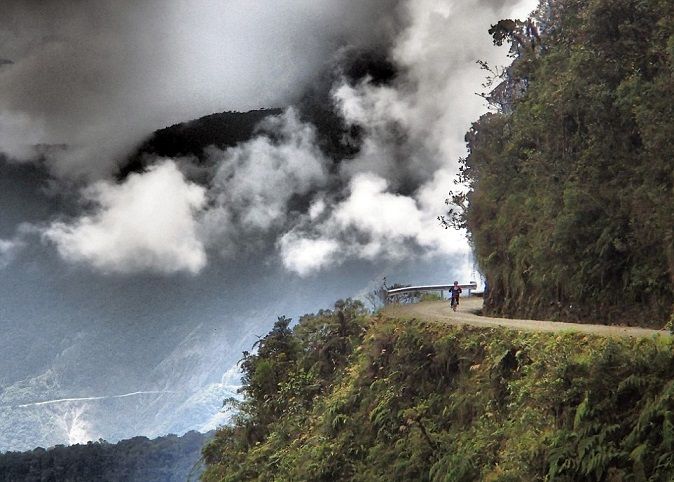
The scenery, if you dare take your eyes off the road, is breathtaking, with the lush rainforest of the Yungas stretching out before you. But the stone and wooden crosses that line the route are a sombre reminder that not everyone cycles the full 40 miles (64km) safely to its conclusion.
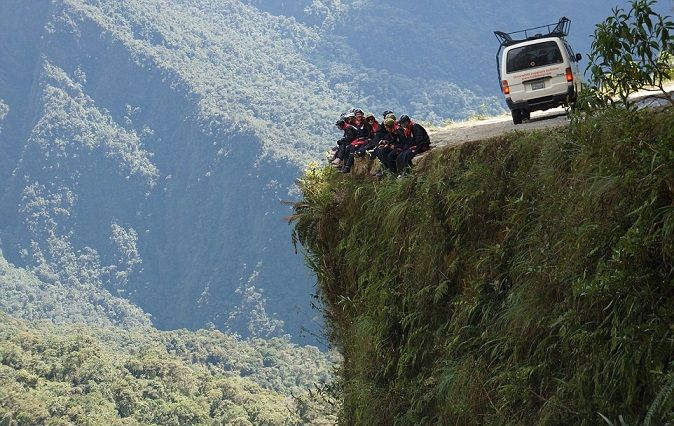
It has become an extreme sport like bungee jumping and skydiving. The difference here is that there is no expert guide controlling your propulsion. You are on your own.
It is nearly all downhill, dropping 11,800ft, which means speed increases almost imperceptibly, and your hands are constantly applying the brakes. Then there is the uneven surface, the loose stones that make the ride even more hazardous.
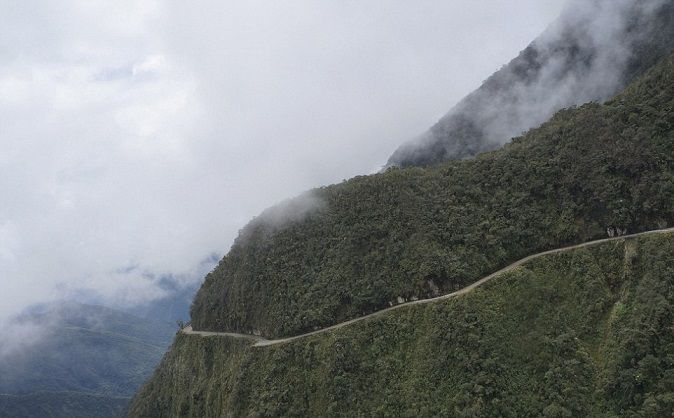
Although a new road opened in 2006, there are still a few lorries and cars vying for space with the hordes of thrill-seeking cyclists, on a road that is sometimes only a single lane wide.
For companies such as Gravity Bolivia, a cycling tour company that offers riders the opportunity to experience the once in a lifetime journey through clouds and waterfalls, The Death Road it’s big business.
Derren Patterson, the 28-year-old manager of Gravity Bolivia, says the death toll on the road shouldn’t be viewed as a deterrent but rather a reason to ensure tourists ride with a reputable guide.
“There have been a number of deaths on this road, which is why it is very important that people ride with a competent outfitter,’ Patterson said. “We go down single file keeping plenty of distance between riders, with a guide in the front and a guide in the back at all times. The first 20km of the ride is on tarmac, which is a great opportunity to get a feel for your bike, as well as taking in the amazing views of the Andes Mountains as they slowly become greener.”


